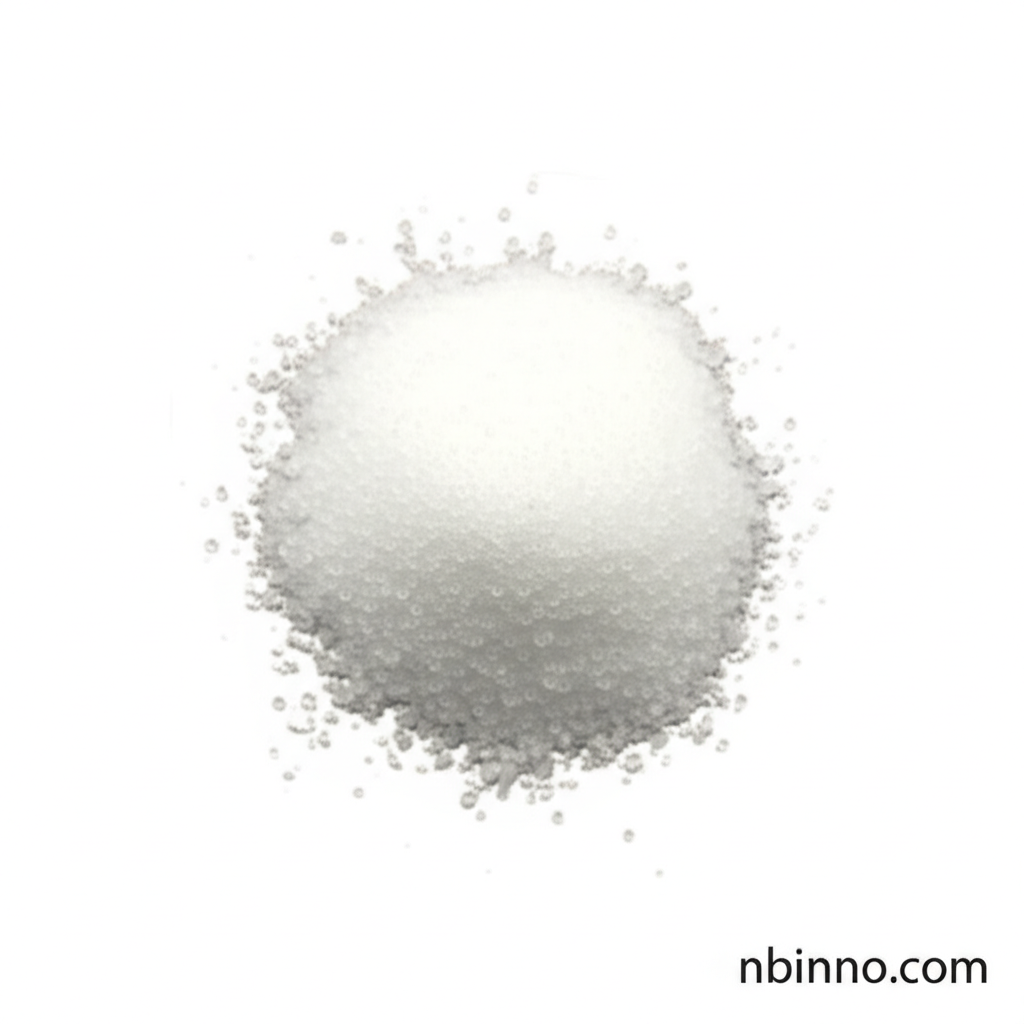2-Chloroquinoline-6-carboxylic Acid: A Versatile Intermediate for Pharmaceutical and Material Science Applications
Explore the critical role of this heterocyclic compound in driving innovation across diverse chemical sectors.
Get a Quote & SampleProduct Core Value

2-Chloroquinoline-6-carboxylic Acid
This compound is a vital building block in organic synthesis, recognized for its utility in creating complex molecules with tailored properties. Its structure, featuring a quinoline core with specific chloro and carboxylic acid functionalities, enables a wide range of chemical reactions, making it a sought-after intermediate in various research and industrial applications. Its commercial availability and well-documented synthetic routes contribute to its widespread adoption.
- Unlock new therapeutic possibilities with 2-chloroquinoline-6-carboxylic acid, a key pharmaceutical intermediate for drug discovery.
- Explore novel material properties through the incorporation of this compound into advanced polymers and nanomaterials for cutting-edge applications.
- Leverage the versatility of quinoline derivatives in heterocyclic chemistry research, driving innovation in synthetic methodologies.
- Discover the broad spectrum of applications for quinoline carboxylic acid derivatives, from agrochemicals to biochemical research.
Key Advantages
Synthetic Versatility
The dual functionality of the chlorine atom and carboxylic acid group allows for extensive derivatization, enabling the synthesis of a wide array of complex organic molecules, which is crucial for exploring new 2-chloroquinoline-6-carboxylic acid applications.
Pharmaceutical Relevance
This compound serves as a critical building block for numerous pharmaceuticals, offering potential in developing agents with antimicrobial, antiviral, and anticancer properties, highlighting its importance in medicinal chemistry.
Material Innovation
Incorporating this compound into material science can lead to enhanced chemical resistance and durability in polymers and coatings, as well as unique optical and electronic properties in nanomaterials, showcasing its diverse material science applications.
Key Applications
Pharmaceutical Synthesis
This compound is an essential intermediate in the creation of various drug candidates, contributing to advancements in treatments for infectious diseases, cancer, and inflammatory conditions.
Material Science
Used in the development of novel polymers and nanomaterials, this compound can impart improved chemical resistance, thermal stability, and unique optoelectronic properties, supporting advanced material innovation.
Agrochemicals
Its derivatives are employed in the formulation of pesticides and herbicides, offering effective pest control while supporting sustainable agricultural practices and efficient agrochemical development.
Biochemical Research
Serves as a valuable tool in biochemical studies, particularly in enzyme inhibition research, aiding in the elucidation of metabolic pathways and the development of novel therapeutic strategies.
Related Technical Articles & Resources
Why Choose Us?
Leverage our expertise and state-of-the-art infrastructure to accelerate your journey from discovery to commercial success.
Global Experience
With 20 years of R&D, manufacturing, and sales experience, we proudly serve clients across 60 countries and regions worldwide.
Advanced Facilities
Our in-house R&D laboratory, pilot platform, and large-scale production workshop are equipped to meet the audit requirements of global customers.
Seamless Scalability
We facilitate a perfect transition from small-scale lab requirements (grams) to full commercialization (hundreds of tons).
